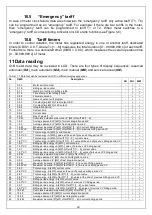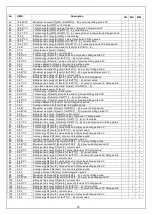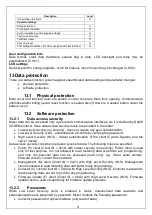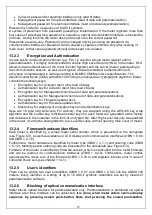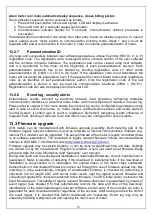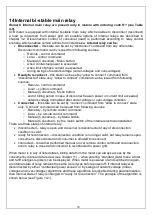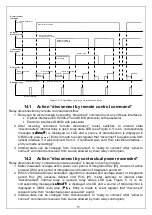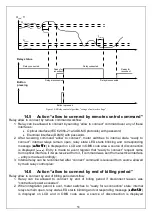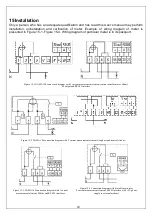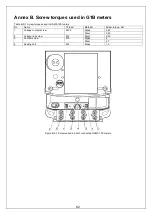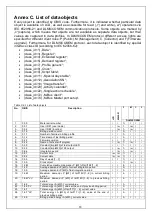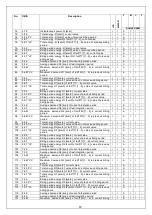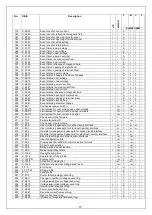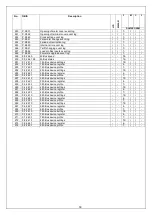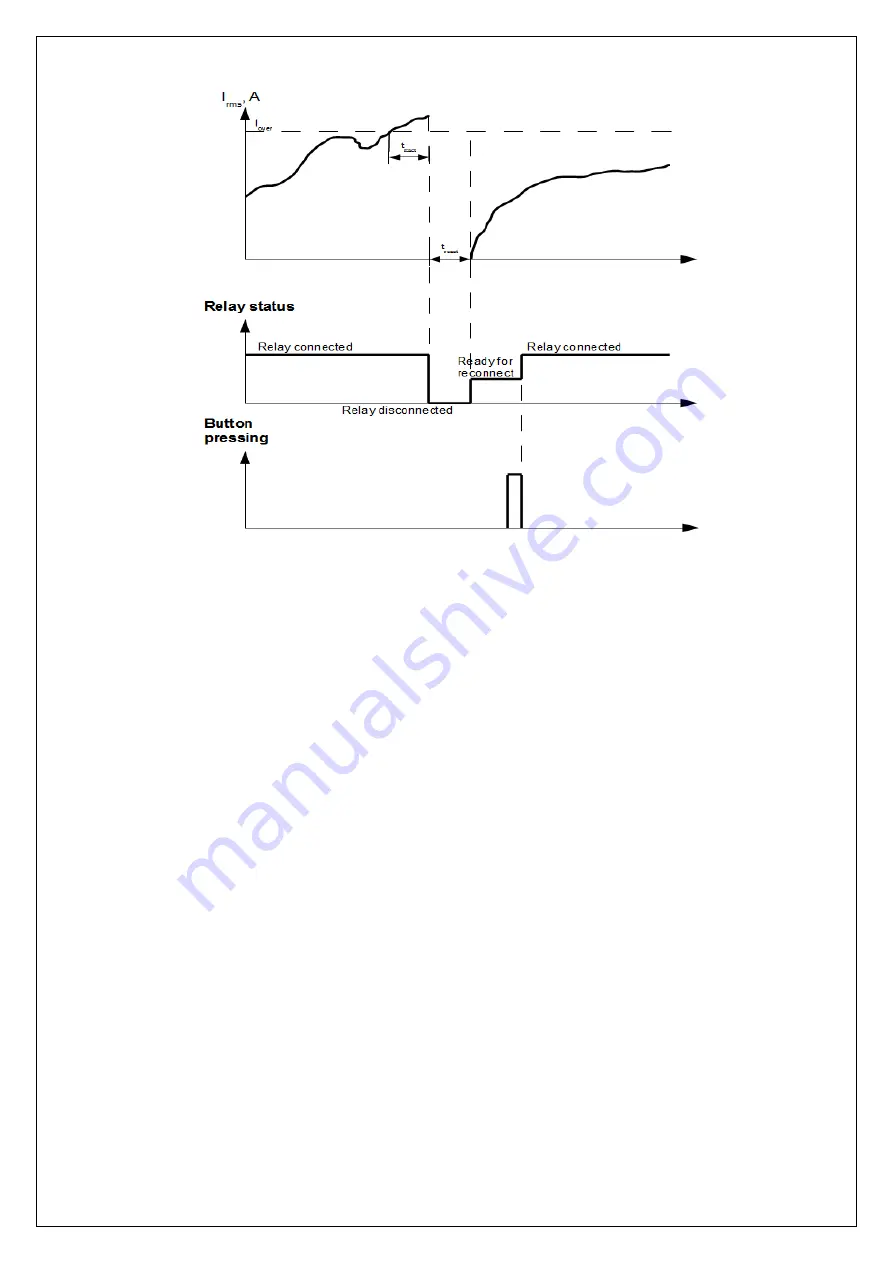
57
Figure 14-3 Relay control algorithm “phase current limit exceeded”
14.4 Action “disconnect by swings of network voltage”
Relay disconnection by “swings of network voltage” (Figure 14-4) is based on such principles:
1. Meter measures averaged instantaneous voltage every second. There are configurable
limits in the meter, which defines the value of limits of instantaneous voltages and if these
limits are exceeded an under-voltage or over-voltage event is registered;
2. There is a parameter in the meter, which defines reaction time to a swing of network voltage
– the duration of reaction time is denoted in seconds and indicates how many seconds a
continuous voltage swing event (under-voltage or over-voltage) should go on until such
event is registered (protection from short term voltage swings);
3. When network voltage swing event (under-voltage or over-voltage) is registered (relay
control algorithm “swings of network voltage” is enabled) meter switches to internal state
“disconnected”: internal relay is opened, relay status LED (see Figure 5-1) is on,
corresponding message (
Load:oFF
Load:oFF
Load:oFF
Load:oFF
) is displayed on LCD and a source of disconnection is
displayed in OBIS code area (
U-hi
U-hi
U-hi
U-hi
or
U-Lo
U-Lo
U-Lo
U-Lo
). Entry is made to event register that
“disconnect” request came from “swings of network voltage” event;
4. Internal state can be changed from “disconnected” to “ready to connect” after “allow to
connect” command is received from source allowed by main relay control plan;
Summary of Contents for G1B Series
Page 2: ......


